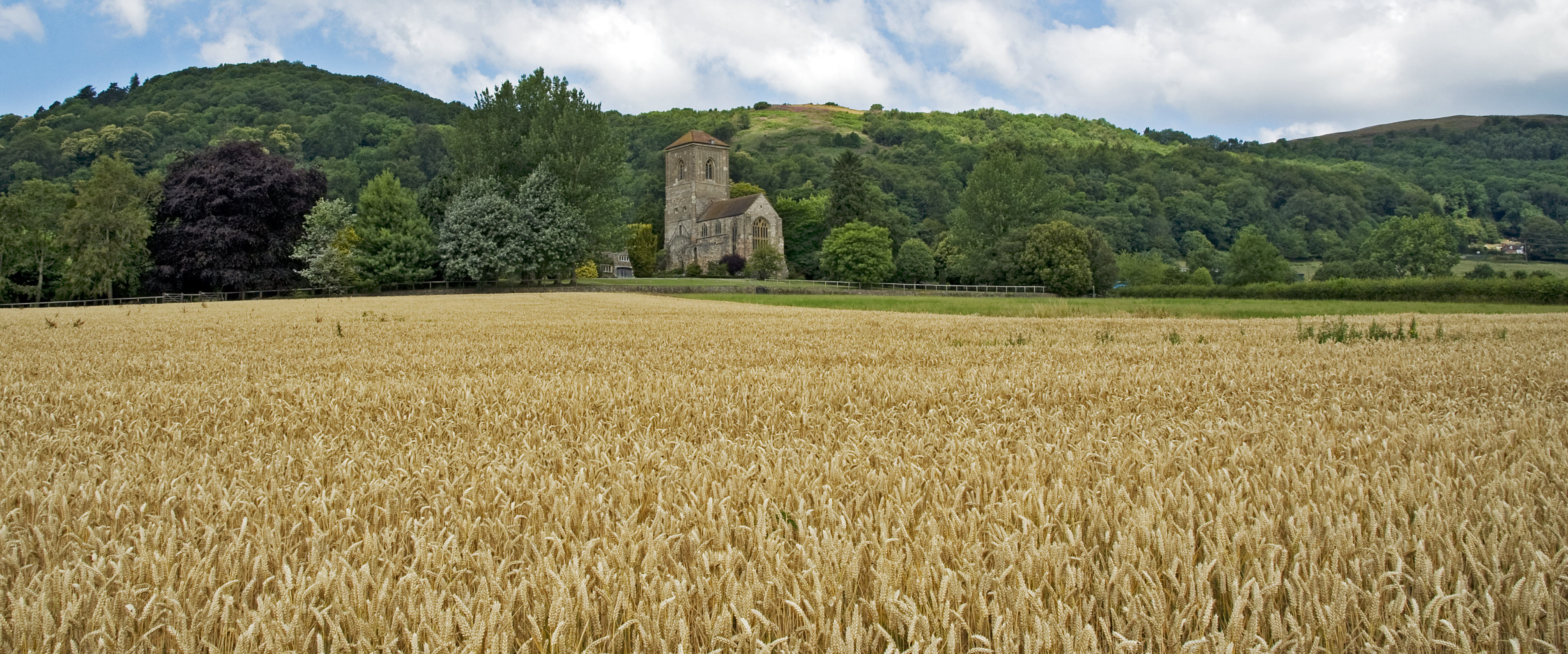|
Site Based Conservation
Site-based conservation is an approach to nature conservation that relies on the designation of important or representative examples of sites supporting key habitats or species, such as Key Biodiversity Areas (KBAs) or Important Bird Areas (IBAs). Whilst a rational way of ensuring that the very best resources are protected, it is open to a number of criticisms: * It tends to focus resources and protection on only the best sites. * With a changing climate, the best sites now may not be the best ones to protect for the future. * Wildlife is ignorant of lines drawn on maps by humans. On balance, site-based conservation is an essential part of nature conservation, along with initiatives such as environmental subsidies and planning controls that protect biodiversity across the whole landscape (the broad and shallow approach), and the more holistic ideas of landscape-scale conservation Landscape-scale conservation is a holistic approach to landscape management, aiming to reconcile the ... [...More Info...] [...Related Items...] OR: [Wikipedia] [Google] [Baidu] |
Nature Conservation
Nature conservation is the moral philosophy and conservation movement focused on protecting species from extinction, maintaining and restoring habitats, enhancing ecosystem services, and protecting biological diversity. A range of values underlie conservation, which can be guided by biocentrism, anthropocentrism, ecocentrism, and sentientism, environmental ideologies that inform ecocultural practices and identities. There has recently been a movement towards evidence-based conservation which calls for greater use of scientific evidence to improve the effectiveness of conservation efforts. As of 2018 15% of land and 7.3% of the oceans were protected. Many environmentalists set a target of protecting 30% of land and marine territory by 2030. In 2021, 16.64% of land and 7.9% of the oceans were protected. The 2022 IPCC report on climate impacts and adaptation, underlines the need to conserve 30% to 50% of the Earth's land, freshwater and ocean areas – echoing the 30% goal of t ... [...More Info...] [...Related Items...] OR: [Wikipedia] [Google] [Baidu] |
Key Biodiversity Areas
The Key Biodiversity Areas (KBA) approach helps to identify and designate areas of international importance in terms of biodiversity conservation using globally standardised criteria. KBAs extend the Important Bird Area (IBA) concept to other taxonomic groups and are now being identified in many parts of the world, by a range of organisations. Examples include Important Plant Areas (IPAs), Ecologically and Biologically Significant Areas (EBSAs) in the High Seas, Alliance for Zero Extinction (AZE) sites, Prime Butterfly Areas, Important Mammal Areas and Important Sites for Freshwater Biodiversity, with prototype criteria developed for freshwater molluscs and fish and for marine systems. The determination of KBAs often brings sites onto the conservation agenda that hadn't previously been identified as needing protection due to the nature of the two non-exclusive criteria used to determine them; vulnerability; and irreplaceability. The KBA global standard was published in 2016. Obje ... [...More Info...] [...Related Items...] OR: [Wikipedia] [Google] [Baidu] |
Important Bird Area
An Important Bird and Biodiversity Area (IBA) is an area identified using an internationally agreed set of criteria as being globally important for the conservation of bird populations. IBA was developed and sites are identified by BirdLife International. There are over 13,000 IBAs worldwide. These sites are small enough to be entirely conserved and differ in their character, habitat or ornithological importance from the surrounding habitat. In the United States the Program is administered by the National Audubon Society. Often IBAs form part of a country's existing protected area network, and so are protected under national legislation. Legal recognition and protection of IBAs that are not within existing protected areas varies within different countries. Some countries have a National IBA Conservation Strategy, whereas in others protection is completely lacking. History In 1985, following a specific request from the European Economic Community, Birdlife International ... [...More Info...] [...Related Items...] OR: [Wikipedia] [Google] [Baidu] |
Landscape-scale Conservation
Landscape-scale conservation is a holistic approach to landscape management, aiming to reconcile the competing objectives of nature conservation and economic activities across a given landscape. Landscape-scale conservation may sometimes be attempted because of climate change. It can be seen as an alternative to site based conservation. Many global problems such as poverty, food security, climate change, water scarcity, deforestation and biodiversity loss are connected. For example, lifting people out of poverty can increase consumption and drive climate change. Expanding agriculture can exacerbate water scarcity and drive habitat loss. Proponents of landscape management argue that as these problems are interconnected, coordinated approaches are needed to address them, by focussing on how landscapes can generate multiple benefits. For example, a river basin can supply water for towns and agriculture, timber and food crops for people and industry, and habitat for biodiversity; ... [...More Info...] [...Related Items...] OR: [Wikipedia] [Google] [Baidu] |

